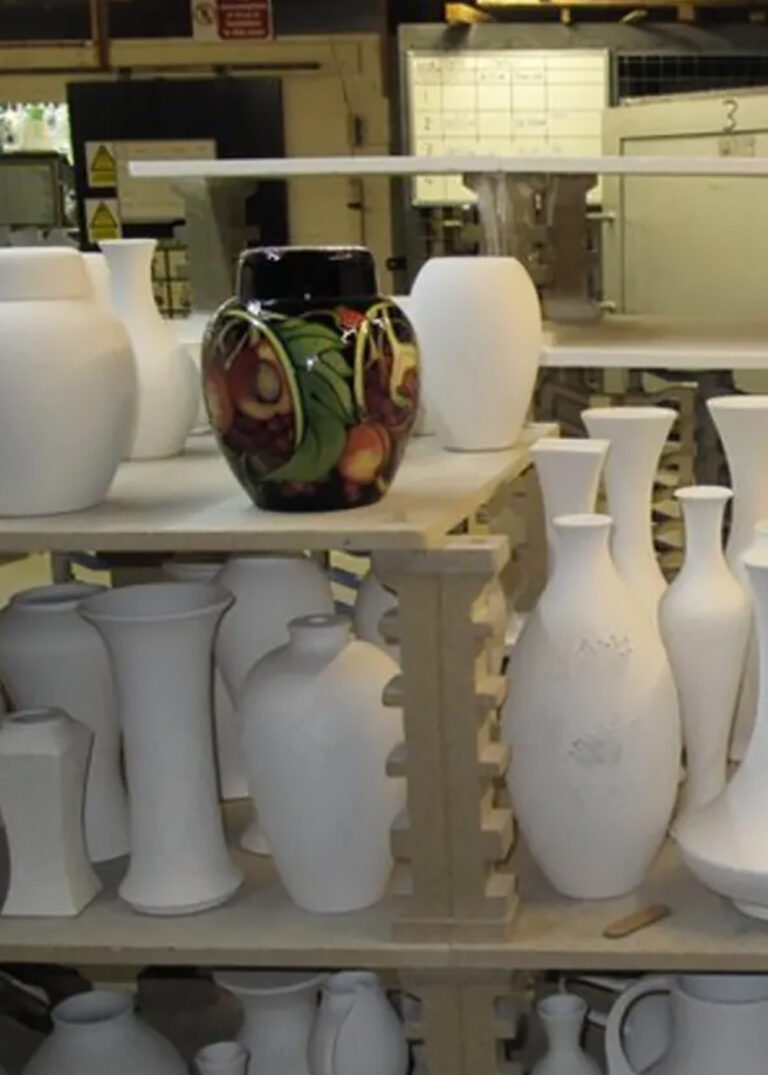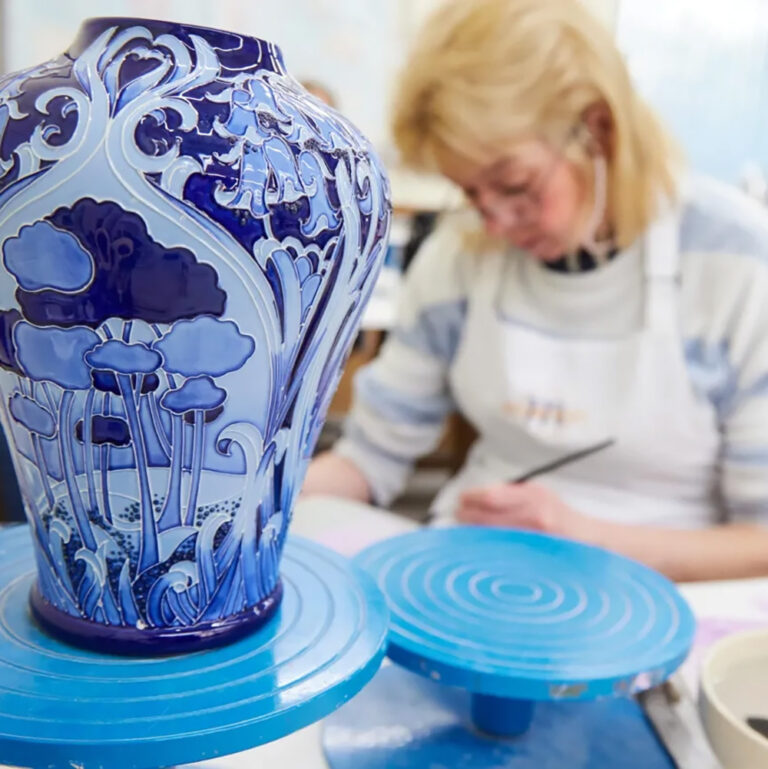The historic collection of pottery manufacturer Moorcroft could soon be heading to auction following the collapse of the company, according to a report filed in late April for the UK trade newspaper Antiques Trade Gazette. ‘The 112-year old Burslem-based firm went into liquidation earlier this month with the loss of 57 jobs. Auction house John Pye has now been appointed to help find a buyer for the business and, if necessary, to dispose of the company’s assets at auction,’ writes Alex Capon for ATG. ‘The assets include Moorcroft’s stock of art pottery, including trial pieces, as well as its historic archive of drawings and records. While some prize pieces from Moorcroft Museum have already been sold over the last few years, auction house John Pye told ATG that the remaining collection contains “a significant and carefully preserved body of work” which comprises several thousand items in total.’
It was an unhappy end for the prestigious firm that was founded more than a century ago. Appointed as Potter to HM The Queen in 1928 and the winner of numerous prestigious international awards, Moorcroft Pottery is following in the footsteps of other local UK potteries including Royal Stafford, which closed in February, Johnsons Tiles which closed last year, and Wade, which closed two years ago. Although Moorcroft gave no official explanation for the company’s closure, the firm stated in March that its energy costs had gone up almost £250,000 over the past two years, which is a staggering amount. A statement from Moorcroft said in part, ‘Moorcroft continued to use the proprietary glazes and distinctive slip-trailing methods pioneered by William Moorcroft at the end of the 19th century. This incredibly labour-intensive process produced colourful designs of intricacy, brilliance, and clarity in the arts and crafts tradition through the exceptional heritage skills of craftsmen and women… The directors have pursued every avenue possible to save the business, however they have been left with no other option than to engage the services of a local insolvency firm to place the company into liquidation.’
The potential auction of the Moorcroft collection would be in addition to the sale of more general assets which include freehold and leasehold property, equipment, office furniture, IT systems, as well as the Moorcroft website, company name and trademarks.


